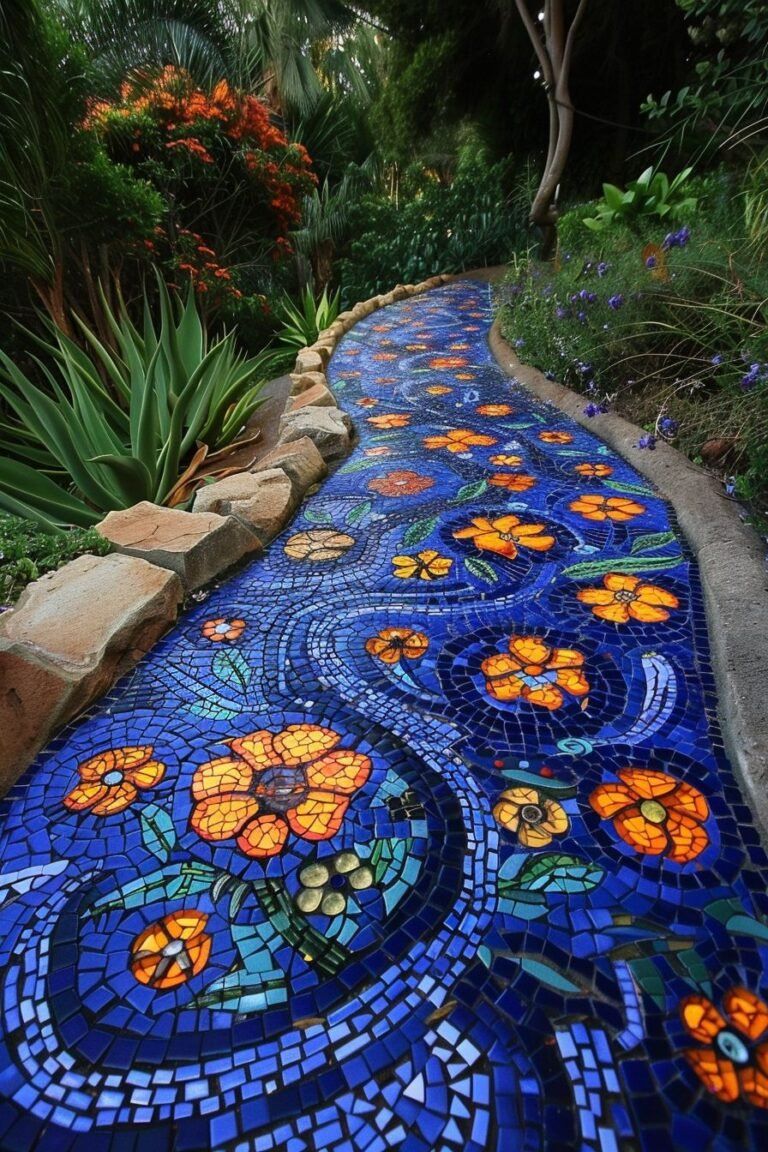Garden paths are an essential feature for any outdoor space, providing both a functional and aesthetic purpose. These pathways not only guide visitors through the garden but also add visual interest and structure to the landscape. Whether made of gravel, stone, brick, or wood, garden paths can greatly enhance the overall look and feel of a garden.
One popular material for garden paths is gravel, which is both cost-effective and easy to install. Gravel paths are versatile and can be easily customized to fit the style of the garden. They also provide good drainage and can help suppress weeds. However, gravel paths may require periodic maintenance to keep them looking clean and tidy.
Stone paths are another classic choice for garden pathways. Natural stone, such as flagstone or slate, can create a beautiful and rustic look in the garden. Stone paths are durable and can withstand heavy foot traffic, making them a practical option for well-traveled areas. The irregular shapes and textures of the stones can add a touch of charm and character to the garden.
Brick paths are a timeless and elegant option for garden pathways. Brick pathways can create a formal and structured look in the garden, adding a touch of sophistication to the outdoor space. The warm tones and earthy colors of brick can complement a variety of garden styles, from traditional to contemporary. While brick paths require some maintenance to keep them looking neat, they can last for many years with proper care.
For a more natural and rustic look, consider utilizing wood for garden paths. Wooden pathways can blend seamlessly into the garden, creating a warm and inviting atmosphere. Wood is a versatile material that can be easily customized to fit any garden style. However, wood paths may require regular maintenance to prevent rot and decay, especially in wet or humid climates.
Regardless of the material chosen, garden paths should be designed with both functionality and aesthetics in mind. Paths should be wide enough for comfortable walking and should lead visitors to key areas of the garden, such as seating areas or focal points. Curved paths can add a sense of mystery and intrigue to the garden, while straight paths can create a more formal and structured look. By carefully planning and designing garden paths, you can create a beautiful and inviting outdoor space that is both practical and visually appealing.
















